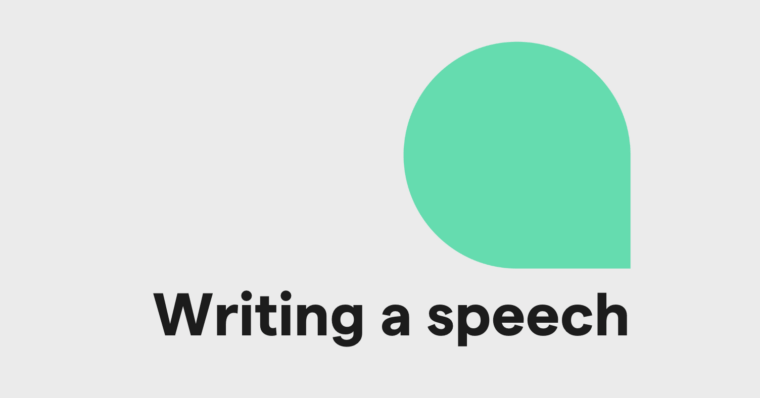Saying no isn’t always easy—but it’s often necessary.
That’s true both at work and in personal relationships. When a colleague asks you to take on a project you don’t have the bandwidth for, pushing back without leaving them feeling rebuffed is a valuable skill. Likewise, when you get an invite you’re just not up for, knowing how to say no politely keeps things from getting awkward.
So how do you finesse your tone over email or text so the person you’re turning down knows you still care? Below you’ll find five strategies, as well as examples of how to say no nicely.
1 Cushion it with kindness or a compliment.
A favorite of grandmothers everywhere, this is the classic “I love you, but no.” The idea is to give the recipient a few words to feel good about despite the rejection, like so:
Example: This sounds like a great opportunity, but I have to pass. Thank you for considering me!
Example: Your proposal is intriguing and I’m glad you brought it up, but it’s not a good fit for us.
That last phrase borrows from a longtime contributor to the venerable New Yorker, John McPhee, whose turndown of choice was as mild as it is brief: “Not for us.”
2 Give your reasons.
Besides compliments, another thing the person you’re saying no to might appreciate is knowing why. Sometimes it’s best to be candid about your constraints.
Example: I can’t handle the meeting for you this afternoon—I’m busy onboarding a new hire and have a deadline I need to hit.
Example: This is a sweet pitch, but our organization doesn’t have a budget for this kind of project right now.
Example: A trip to Portland sounds fun, thanks! Unfortunately, I won’t have the time to swing it this summer.
In other cases, you may prefer to reveal as little as possible—in which case, read on.
3 Be brief, but not brusque.
You don’t always have to explain yourself when telling someone no. Still, it’s often more considerate to provide a straight-up no rather than a non-response, because leaving people wondering tends to read as thoughtless.
And while it’s generally wise to keep this type of message brief, it’s possible to be a bit too short:
Bad example: I can’t help with that.
Better example: Sadly, I’m afraid I can’t help with that.
Note the use of the word sadly above. It shows you recognize the answer probably won’t thrill the recipient, and it brings you no joy to say so.
Another fine example: Thank you for thinking of me for this assignment. I can’t take more work on right now, but please keep in touch.
The words “right now” in that last example suggest you might be open to other assignments down the road; saying so politely helps keep your options open in the meantime. This brings us to our fourth strategy:
4 Leave the door cracked.
Sometimes, you don’t want to say “no” so much as “not now.”
Example: Your point about needing to reevaluate and streamline our process is well taken. Why don’t we put our heads together about it once the current round of hiring is done?
Example: Thanks—I’d love to speak at your event, but the timing this year is no good. Would you please keep me in mind for next year’s summit?
Handy though this approach is, use it sparingly. Putting someone off indefinitely can come off as a lot less polite than telling them no at the outset.
5 Offer an alternative.
While your answer might be no, in the interest of courtesy, occasionally you’ll want to help out the recipient in some other way—by suggesting another time or a different option, perhaps.
Example: I can’t make the senator available for an interview before your deadline, but I’m happy to put you in touch with our chief of staff. She can give background on our policy if that’s helpful to your story.
Example: It’s not realistic for me to meet for coffee and career advice right now, but my colleague Frances is interested in taking on more of a mentorship role and may have some insights you’ll find worthwhile. May I introduce you?
Example: I can’t pick up the weekend shift for you this time, but I can cover for you Monday if you need a day to recover afterward.
Telling people no is an essential part of life. While you don’t always have to offer the recipient a Plan B or an explanation, it’s often worth taking the time to express yourself kindly.
In doing so, the last thing you want to do is trip over an avoidable misspelling or punctuation mistake. Grammarly can’t say no for you, but it can at least make sure your turndown reads clearly and looks sharp.






